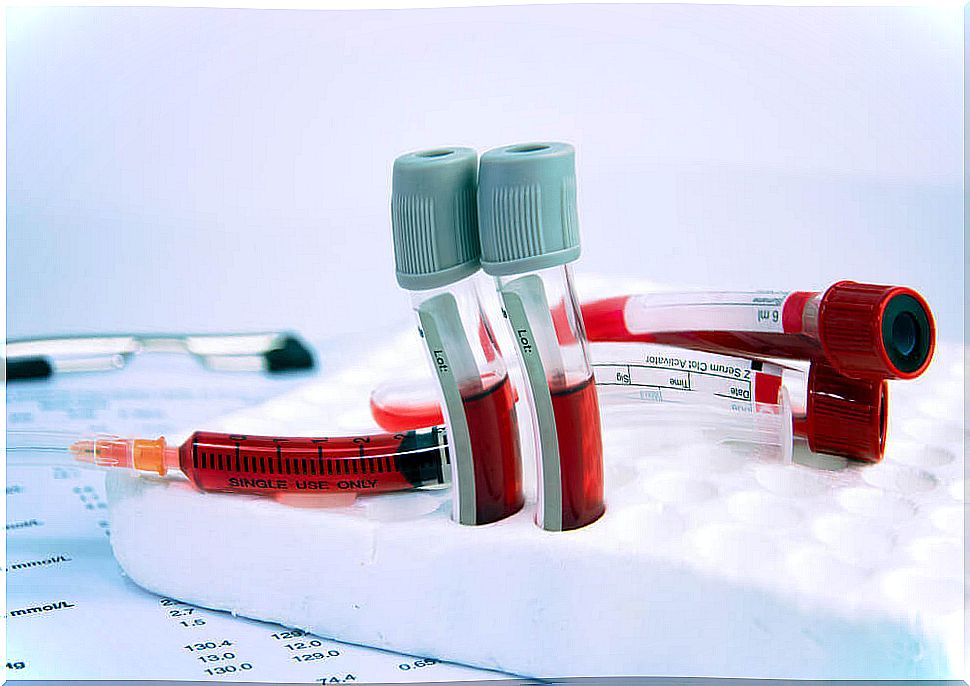Discover The Most Modern Prenatal Diagnosis Techniques
Prenatal diagnostic techniques are carried out during pregnancy. Usually in specialized genetic laboratories. The objective is to prevent malformations or diseases that will affect the health or development of the fetus.
Thus, these prenatal diagnostic techniques can be invasive or non-invasive. This means that these tests may or may not require a physical introduction into the fetus itself. In this sense, it will depend on the type of prenatal diagnosis that you want to carry out.
What are the prenatal diagnostic techniques?

Thus, there are different techniques for prenatal diagnosis. Generally focused on identifying any trait or symptom that may lead to a disease or deformation of the fetus. The most modern invasive prenatal diagnostic techniques are:
- Tissue biopsy.
- Embryophetoscopy.
- Funiculocentesis.
- Amniocentesis.
- Chorionic biopsy.
On the other hand, the most modern non-invasive prenatal diagnostic techniques are the following:
- Ultrasound
- Doppler.
- Maternal blood test.
Invasive prenatal diagnostic techniques
Invasive prenatal diagnostic techniques are those in which we invade the fetal environment. This means physically entering into this space.
All invasive techniques must be performed under strict sterility control. In addition, it is important to carry out prenatal diagnostic techniques under ultrasound or fetoscopic control.
Tissue biopsy
Tissue biopsy is the prenatal diagnostic technique that carries the highest risk of miscarriage. That is why it is done on rare occasions. When an accurate diagnosis is necessary to detect diseases of specific organs.
The method consists of obtaining samples of various tissues from the fetus itself, which must be subjected to specific studies.
Embryofetoscopy
Embryofetoscopy is a prenatal diagnostic technique that consists of direct visualization of the embryo or fetus. This requires an instrument called an “endoscope” or “fetoscope”.
It is only used for diagnostic and therapeutic purposes. Generally, it is used when it is not possible to obtain the same results by other techniques.
Funiculocentesis

Funiculosynthesis consists of obtaining fetal blood by puncturing an umbilical vessel guided by ultrasound. It is usually practiced from week 19 to 20 of pregnancy. It is a prenatal diagnostic technique with very selective indications, which is why it is useful to determine diseases:
- Metabolic
- Of the blood.
- Infectious: such as cytomegaly, rubella, or toxoplasmosis.
Thus, the risk of having an abortion using this method is between 1% and 3%. Generally, very few clinics currently offer this prenatal diagnostic technique.
Amniocentesis
Amniocentesis consists of the extraction of amniotic fluid by transabdominal puncture. This prenatal diagnostic technique is usually developed in order to find inherited diseases due to DNA alterations. If the technique is carried out between 15 or 20 weeks of pregnancy, the risk of miscarriage is less than 1%.
Chorionic biopsy
Also called “chorion biopsy”, this prenatal diagnostic technique consists of obtaining villi. These must come from the chorionic area of the developing placenta.
Chorionic villi are a good material for molecular DNA studies and enzymatic determinations. This technique should be performed from 11 weeks of pregnancy. The risk of abortion is currently unknown.
Non-invasive prenatal diagnostic techniques
Non-invasive prenatal diagnostic techniques do not pose a risk of miscarriage because they do not invade the fetal environment in any way. These techniques are divided between those that use ultrasonic waves, ultrasound and Doppler, and the biochemical ones, carried out on maternal blood.
Ultrasound
Ultrasound is a prenatal diagnostic technique that consists of making the diagnosis using ultrasound. The technique consists of sending waves to the fetus, which, after receiving them, returns them. In this way, it can be viewed on a screen. You can see the fetus both inside and out.
Thanks to this prenatal diagnosis technique, internal and external malformations can be discovered. This is due to the different densities that the tissues present. Ultrasounds can be done throughout pregnancy . In addition, it is currently possible to observe the fetus in 2D, 3D and 4D.
Doppler
As with ultrasound, this prenatal diagnostic technique is performed using ultrasound. In this case, the waves are directed to the blood of the fetus, thus being able to observe the placental flow and the fetal circulatory system.
Malformations and alterations of the circulatory system can be diagnosed thanks to an assessment of the path that the blood follows through the organs. Likewise, the prenatal diagnostic technique can be used throughout pregnancy.
Maternal blood test

This prenatal diagnostic technique can be carried out during the first and second trimesters of pregnancy. Generally, the analysis may consist of an analysis of biochemical markers or the performance of the Harmony test. This means the analysis of certain genomic sequences of free fetal DNA.
The test is carried out in the search for physical malformations or psychological problems that the baby may present.
Scientific research has come a long way in recent years. This is so that prenatal diagnostic techniques have been improved and expanded. Some of them are invasive and some are not. In any case, it is the gynecologist who must suggest which one is the most appropriate. Every body, every pregnancy, every woman is different.








